Enter a surname, town name or other keyword to search the database. Remember to
allow for the different spellings of 'Mc' and 'Mac.' Good luck!
{Search tips: Use single word search terms for more results}
You must enter some valid character(s) into the search field

Reference: 458
Volunteer artillery officers o...
|
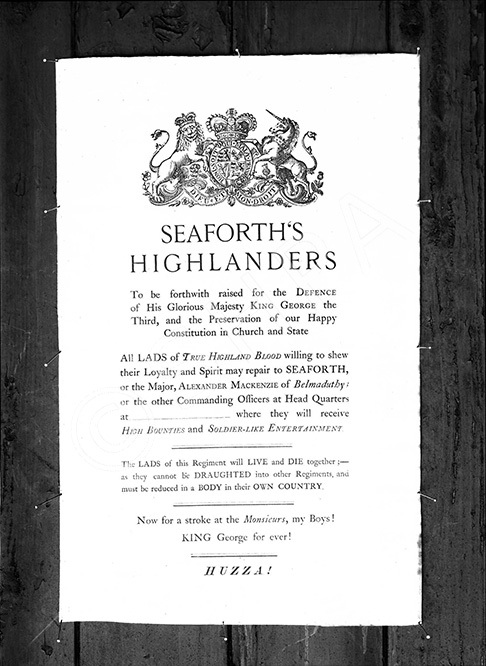
Reference: 237
Seaforth’s recruiting poster a...
|
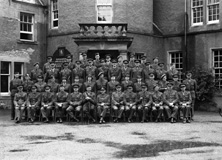
Reference: 41064
Military officers group, Bunch...
|

Reference: 610b
Gascoigne. The Warrant Officer...
|
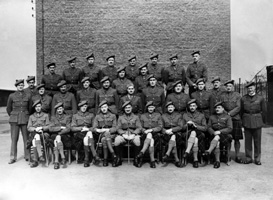
Reference: 610a
Gascoigne. The Officers of 4th...
|
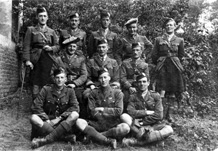
Reference: 31683
Mr Cameron. Believed to be a g...
|
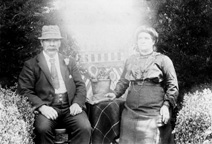
Reference: 877
Copy for Mrs Robertson, Old ...
|
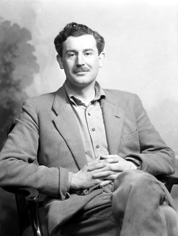
Reference: 40813b
Lord Lovat. Brigadier Simon Ch...
|
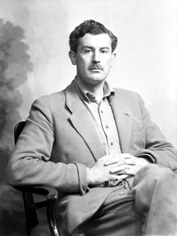
Reference: 40813a
Lord Lovat. Brigadier Simon Ch...
|
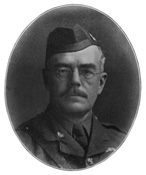
Reference: 27563a
Major Angus Falconer Douglas-H...
|
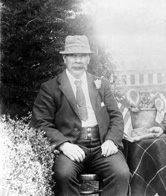
Reference: 838
Copy for Mrs Robertson, Old Ed...
|

Reference: 39270.5
Mrs Johnston, Bridge Street, I...
|